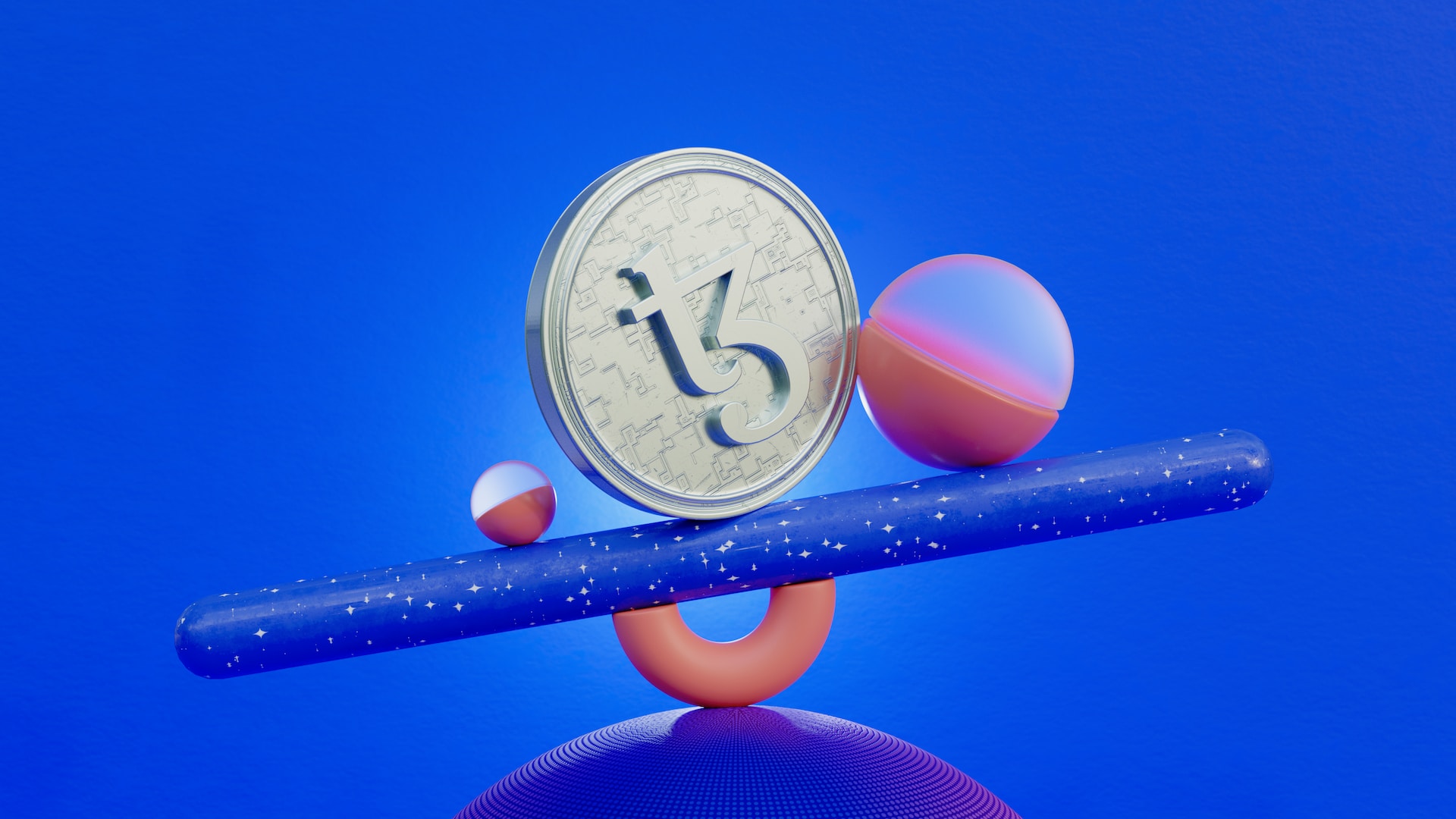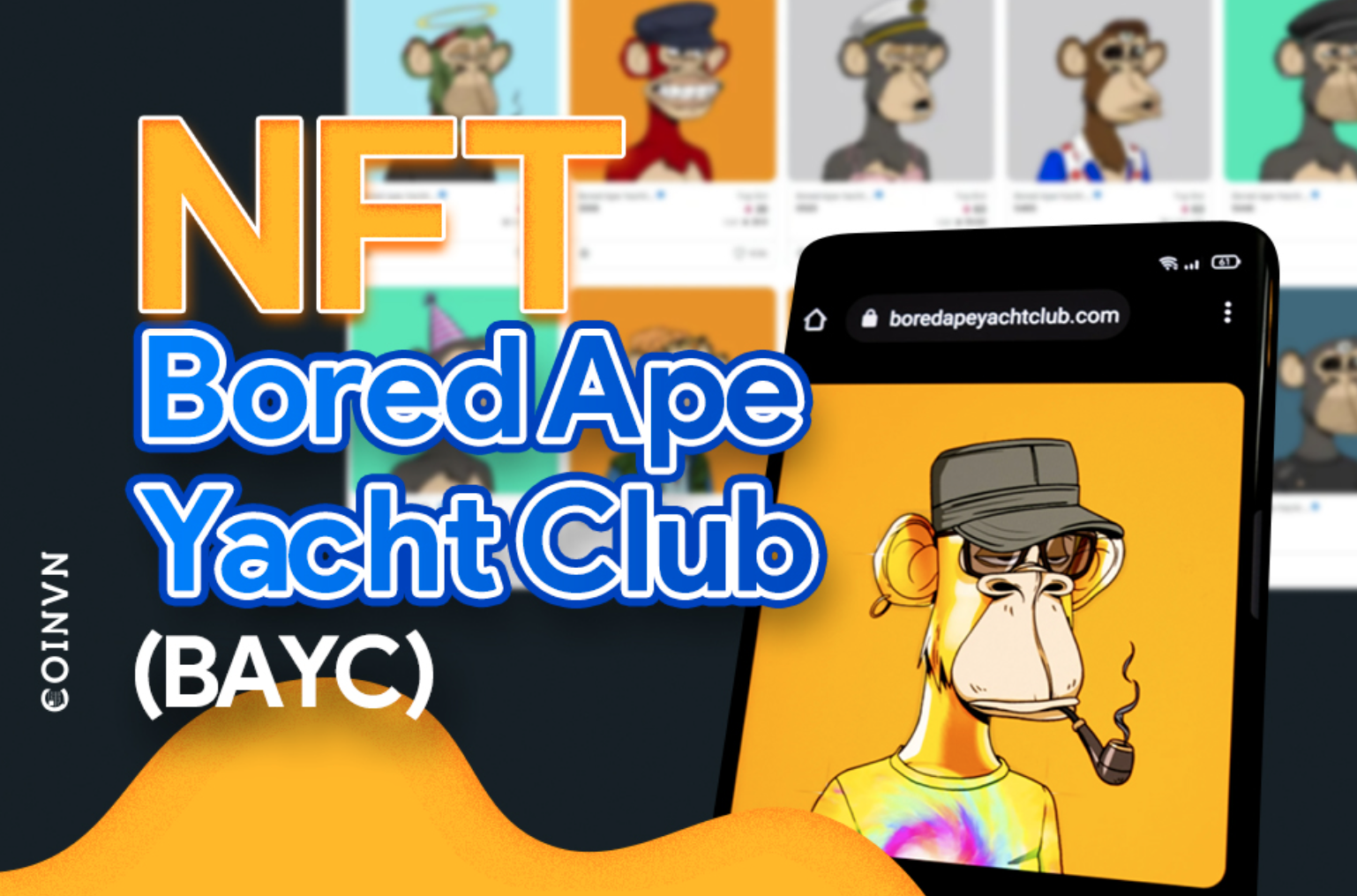If you know the basics of NFT royalties and struggling to know more than how opensea royalties work. You are landed on the right post. If you want to know how to set royalties on opensea you can visit my other guide. But here I will tell you the whole procedure about how opensea pays creators their royalties, how much royalties other artists charge, and many more about opensea royalties. Let’s dive into it. If you want to learns basics of NFT royalties that what are NFT Royalties & why NFT royalties are so important visit my this post.
How OpenSea Royalties Work – Earning process for creators?
The process that opensea follows to pay royalties to creators is not simple. Because OpenSea holds the royalty payments of NFT artists for more than 2 to 4 weeks after the sale of the NFT. This holding time is also applicable to the primary sale of the artist’s NFT. When a buyer buys your NFT for the first time directly from the artist, the NFT price is transferred to the artist excluding the service fee and royalty fee. The royalty fee is held for 2 – 4 weeks and then transferred to the artist’s wallet. You may find this practice unfair but this practice is followed by most of the marketplaces in the NFT space.
So this royalty holding is applied to both primary and secondary sales.
How to check royalties other artists charge on opensea?
If you are new in the NFT space as a creator and don’t know how to select the right percentage for a royalty fee. Let me tell you a quick way to find this.
Search your niche collections in the opensea marketspace and open the collection. Scroll a bit and you will find the buy now button.
Now scroll down and hover the mouse on any NFT and the Buy now button will appear for a single item like this.
Click on this buy now button and a pop up will show up.
Here you can find the creator fee means royalty fee.
Now you can analyze different NFT projects and their royalty fee. You will have a general understanding with this research and you can set your collection royalty fee by following my this guide.
How to set royalties on opensea – Step-by-step guide:
How much is the typical royalty fee charged on OpenSea?
You will find people charging a 10% royalty fee typically but believe my most successful projects do not charge that much royalty but exceptions are always there. Most successful projects charge a 2 to 5% royalty fee. With the higher royalty percentage, buyers expect more utility that you are unable to provide as new birds. A low royalty fee attracts buyers because buyers own more percentage of NFT if the royalty is low. So try to keep the royalty percentage low, especially in the beginning. Here I have listed some famous NFT collections and their royalty feeses.
| Projects | Artist’s Royalty fee |
| Bored Ape Yacht Club | 2.5% |
| Mutant Ape Yacht Club | 2.5% |
| CryptoPunks | 0% |
| Doodles | 5% |
| Cool Cats | 5% |
Do other marketplaces support the OpenSea Creator Royalty?
Newcomers often wonder if the royalty functionality of NFTs works on all platforms or only on a few. A token level NFT royalty cannot be supported by ERC-721 or ERC-1155 as of right now. Various legal agreements between platforms still enforce OpenSea royalties on some major platforms. You may not get reimbursed for the creator royalties that you set on OpenSea on other platforms.
If I decide to change my royalty fee, can I do so?
Definitely, you can change your royalty percentage whenever you want but you may have to face some consequences to do this. You can change your royalty fee from your collection editor and change the creator earning.
Final thoughts:
The royalty fee is a blessing for NFT artists and encourages artists to perform in the NFT space. Opensea holding royalties in not the big issue because there was a time when artists were not rewarded for any of their art. So artists should focus on new tools and the marketplaces in the NFT space. Because this little con can not overcome the royalties and opensea utility feature.






